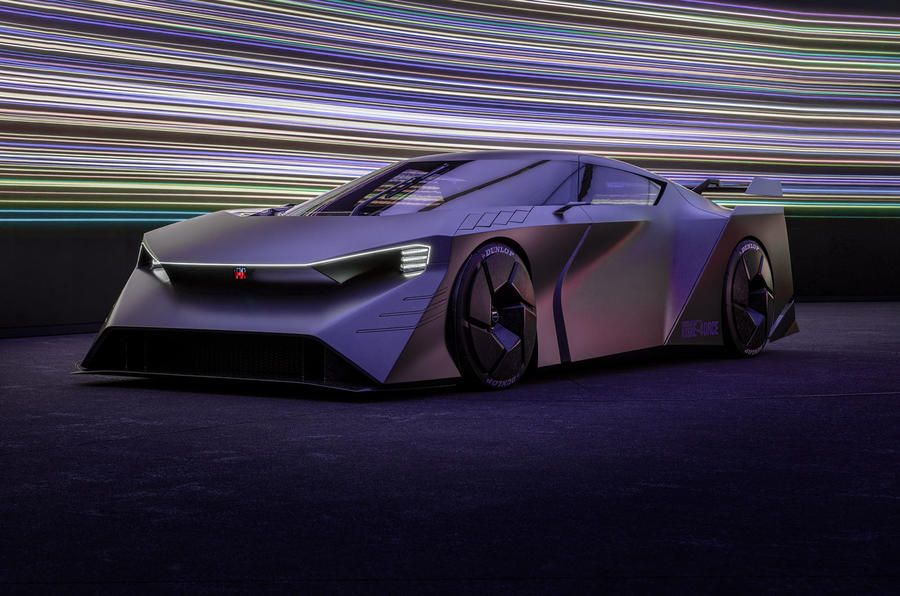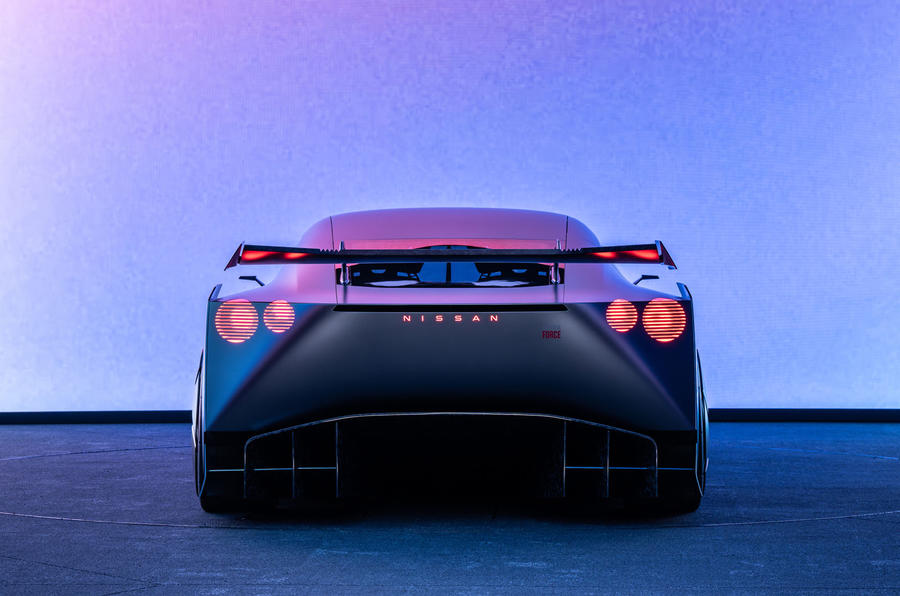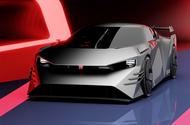Brutalist styling carries clear nods to the GT-R and the legendary Nissan Skyline
1341bhp concept preview 4WD solid state supercar that has a ‘feasible’ production date of 2030
Nissan’s Hyper Force concept car is a “lucid dream” that the firm is working on realising for a next-generation GT-R, which could be ready before the end of the decade.
Nissan programme design director Giovanny Arroba, who worked on the recent Tokyo motor show concept as well as the four others alongside which it starred, told Autocar that the electric supercar was already largely feasible for production before 2030, despite its extreme styling.
“The shapes, proportion and stance aren’t based on pure fantasy,” he said. “It’s quite daring but a tangible dream to achieve by the end of the decade.”
The Hyper Force has four-wheel drive and an output of 1341bhp. It has a solid-state battery, which Nissan is developing for mass production in 2028, and a new GT-R could provide a statement model in which to introduce this game-changing new technology.
Arroba didn’t mention the GT-R by name when discussing what the Hyper Force concept pointed to, highlighting that the logo was deliberately blurred on the concept car and that it being revealed would all but confirm its production intent.
The concept doesn’t try to hide with any subtlety that it points to the next GT-R, and when asked directly about this, Arroba said “it gives a glimpse of what it could be” and “the dream is still lucid” in making it happen.
Arroba said the concept had become “a manifesto not only for us internally but [also for] how to inspire our company with a tangible dream”.
He said that feedback to the concept had been generally positive but there had been “some polarisation, some saying no to an EV supercar and saying we should do ICE” but the next generation of car buyers responding “quite positively” to the GT-R’s electrification.
The Hyper Force concept car
The dramatic concept car was revealed at the 2023 Tokyo motor show and was billed by Nissan as its “vision for a next-generation all-electric high-performance supercar”.
Nissan CEO Makoto Uchida told Autocar: “We’re an EV pioneer and this is what we want to do. People’s expectations change and they don’t look at vehicles as before and in their needs and lives. We’ll hear from customers what they think about them [the concepts]. This is giving a look at our future plans. All concepts, we’d like to deliver. We need the customers to agree.”
The all-wheel drive system is badged E-Force, as with Nissan’s other four-wheel drive EVs, yet whereas they are twin-motor systems it is not known whether the Hyper Force uses two or four motors.

The Hyper Force concept features a lightweight body with carbon fibre used in its construction. Nissan says that this body, combined with “powerful downforce” and the advanced control of the E-Force all-wheel drive system allows for “enhanced cornering and exceptional handling on circuits and winding roads”.
No dimensions have been released by Nissan but the concept is large, most likely in excess of five metres long and two metres wide. The aerodynamics of the car were developed and designed in conjunction with Nissan’s performance arm Nismo. As well as providing “high” aerodynamic and downforce performance, the body design also substantially contributes to cooling performance to allow the concept to be driven harder for longer.
Some of the features of the body include a dual-level diffuser at the rear, active front winglets, fender slips and rear wing ends, and a plasma actuator that is said to suppress air detachment to maximise grip and minimise inner-wheel lift while the car is cornering.
The design has little in common with the current GT-R, which by the time this next-generation model enters production will be two decades old, but there are nods to the legendary Skyline lineage with the design of the front and rear headlights. The wheels are made from lightweight carbonfibre, in a design which improves aerodynamic efficiency while providing better cooling for the brakes.

There are two driving modes offered on the concept car: R and GT, standing for racing and grand touring respectively. The interior lighting and displays change colour based on what mode is selected (red for R and blue for GT) and different information is displayed to the driver. The graphics inside have been developed with Polyphony Digital Inc, the maker of the Gran Turismo video game franchise – which designed the graphics for the infotainment in today’s GT-R.
The interior layout, which features carbonfibre seats, also changes in the different driving modes. In R mode, the interior panels move closer to the driver to give the feel of a racing cockpit and four screens give different driving information such as pressures and temperatures. The GT mode gives more traditional infotainment displays.
A full suite of automated driving functions are offered on the concept car, with Nissan saying they have been “tuned for sports driving” and will even provide extra safety functions on a circuit.
Source: Autocar
